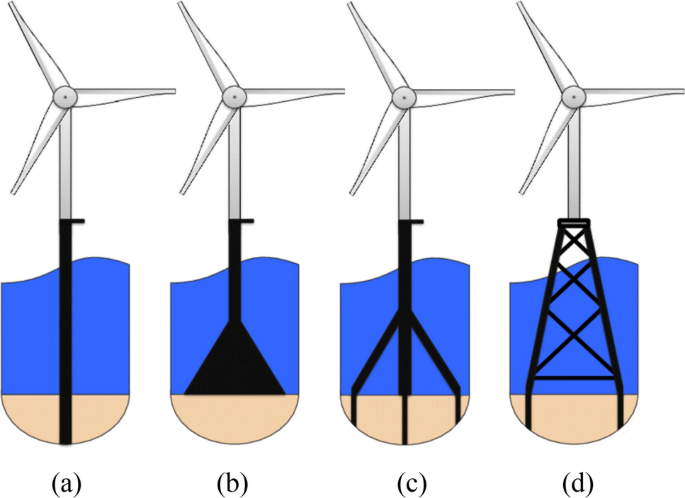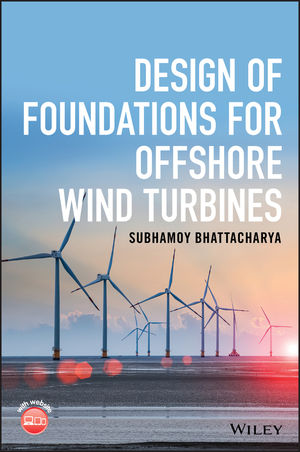
The concrete and steel gravity-based foundations were built in a dry dock and then floated down river to the Port of Tyne where extra ballast was added, before being towed by tug vessels offshore. In August 2017, the first of five mammoth gravity-based foundations for an offshore wind farm in British waters was installed near the coast of Northumberland, using the ‘float and submerge method’. The simplicity of their construction and installation makes them an effective and easy to maintain engineering option for offshore wind farms. Gravity foundations are concrete shell structures that are floated onto the seabed before being weighed down with ballast. Expanding the size of turbines and moving them further out to sea allows for much more efficient energy output.Ī key factor in supporting this transition to deeper water production is concrete gravity foundation technology. (Photo via Région IDL) Gravity foundation technologyįor offshore wind to remain politically and economically viable, costs need to be minimised and output needs to increase. Not least now that floating offshore wind farms are also coming online.” It just shows Europe’s ready to embrace a much higher renewables target for 2030. “Investing in offshore wind today costs no more than in conventional power generation. CEO of WindEurope Giles Dickson says: “Offshore wind is now a mainstream part of the power system.

There are already more than 4,000 offshore wind turbines in operation along the coastlines of 11 countries, representing 15.8 gigawatts of capacity.

With limited space for on-land wind farms and fewer shallow coastal sites available for exploitation, moves to push wind production into deeper waters – with the help of cement – are vital to realising the EU’s energy policy and meeting the bloc’s Paris climate agreement targets. Wind power in the EU has developed into a major manufacturing sector, with production centres in nearly every Member State and installations providing 11% of Europe's electricity. Offshore wind power production will be a key element of a more sustainable future energy mix, and cement is fundamental to its delivery.


 0 kommentar(er)
0 kommentar(er)
